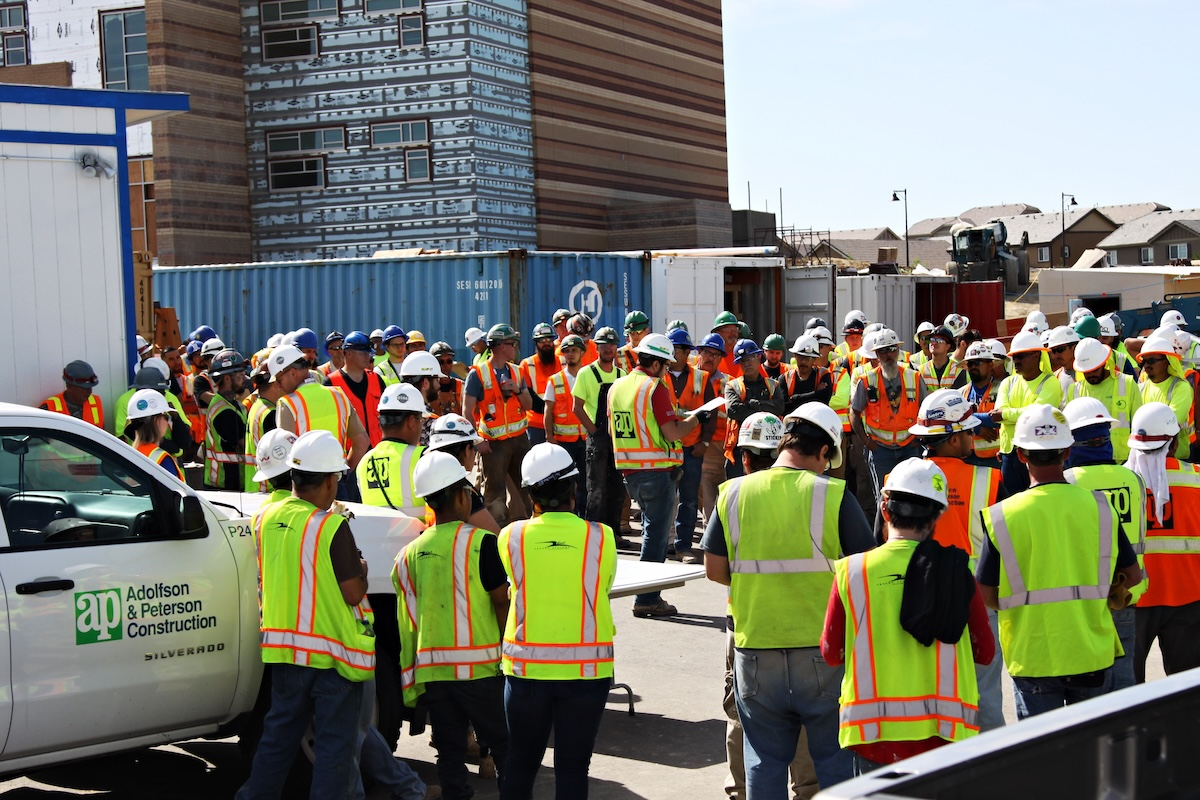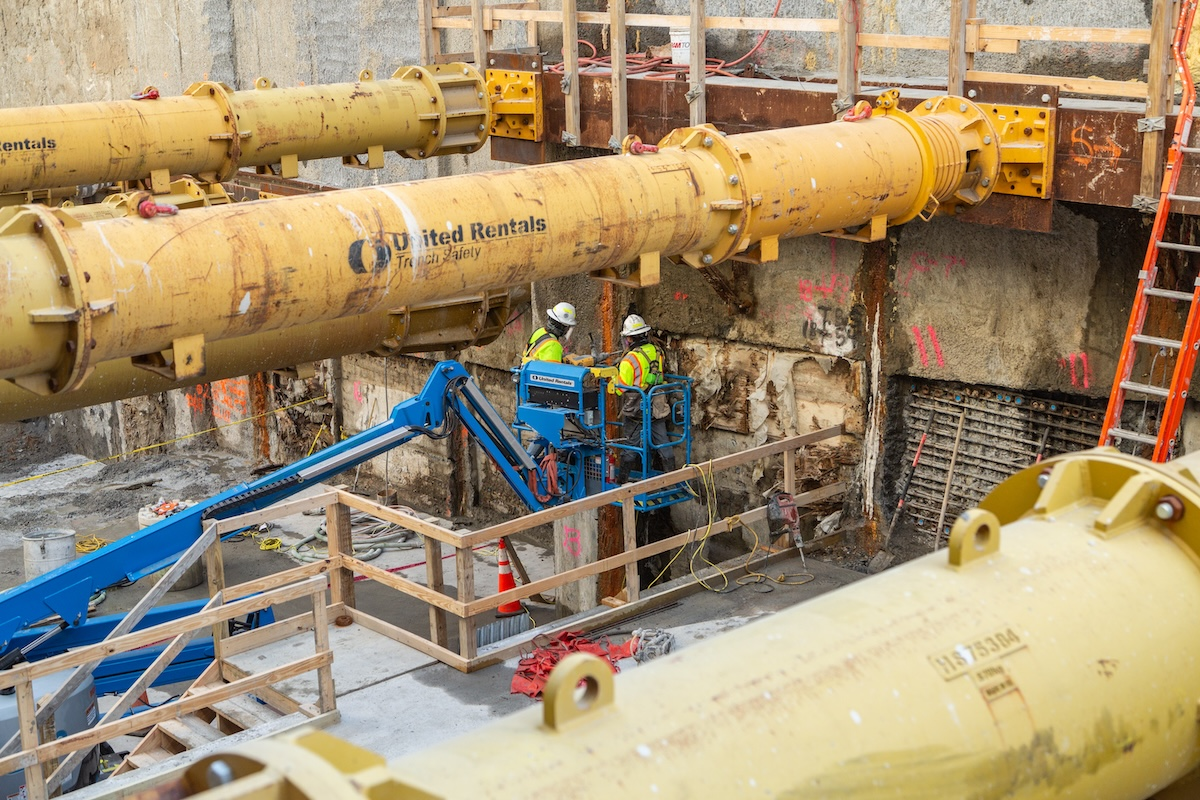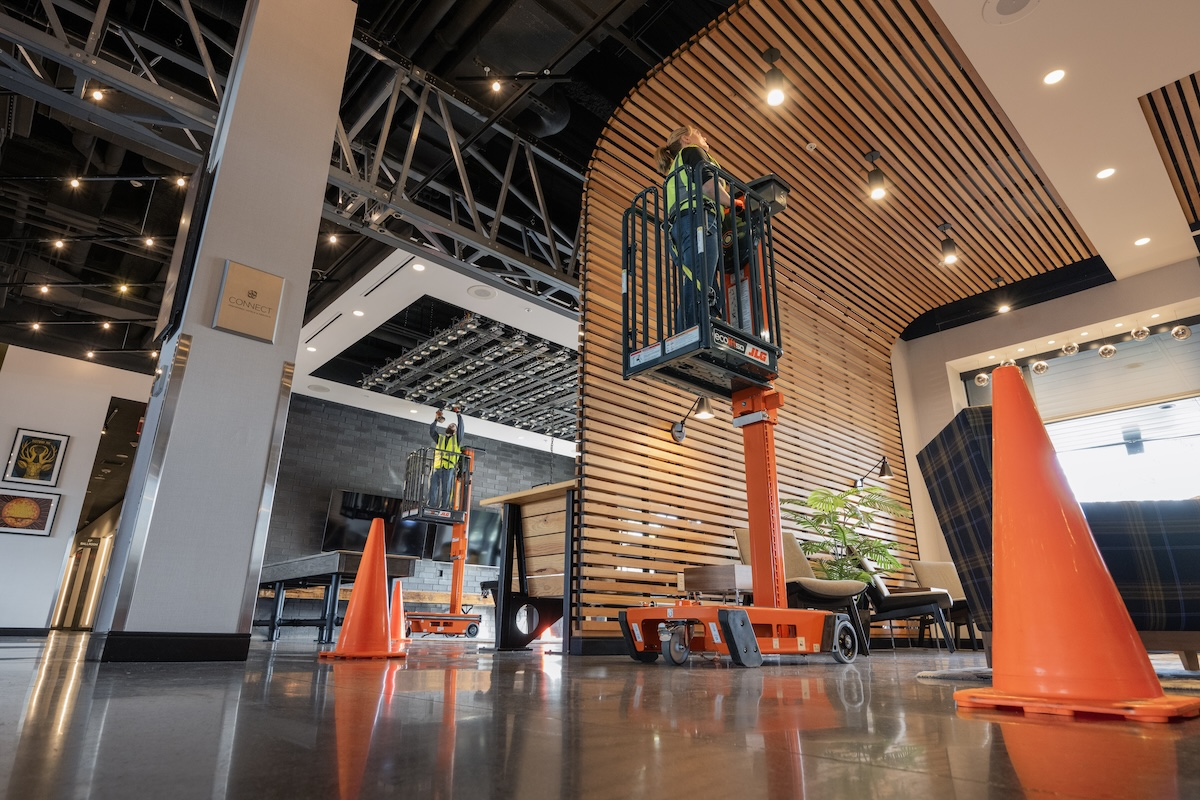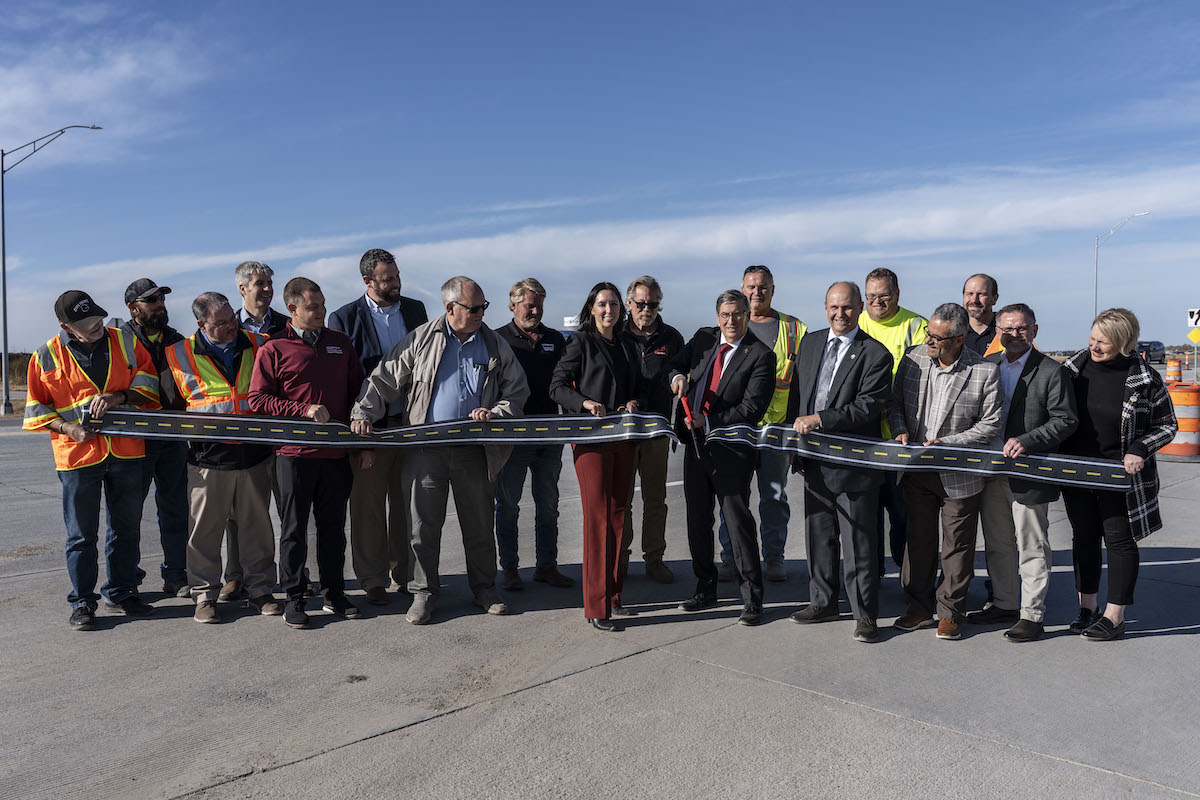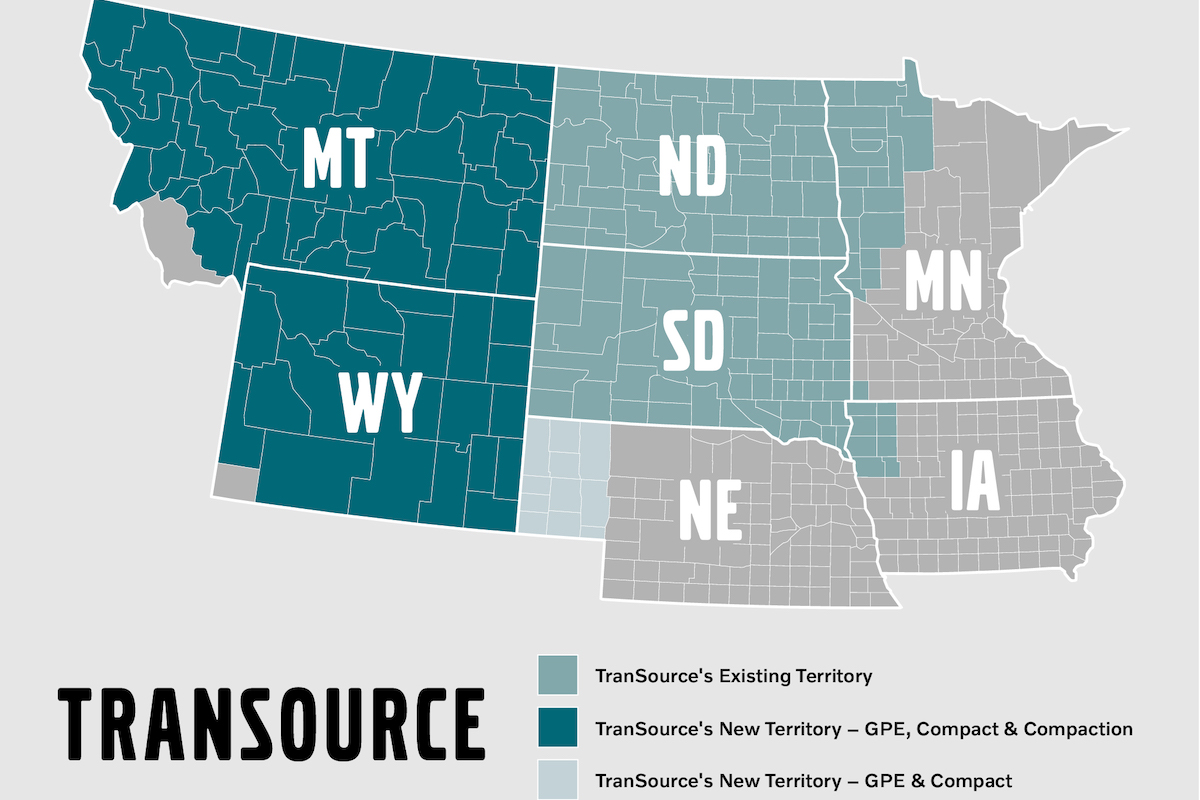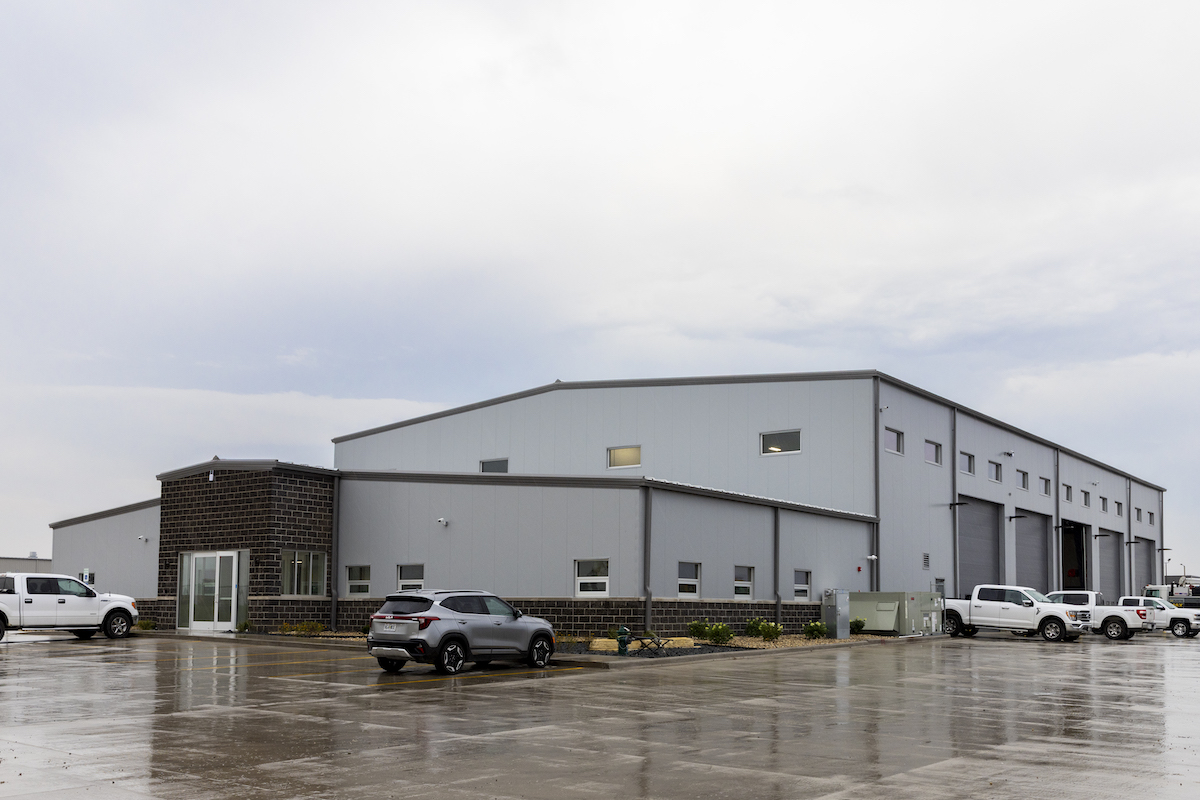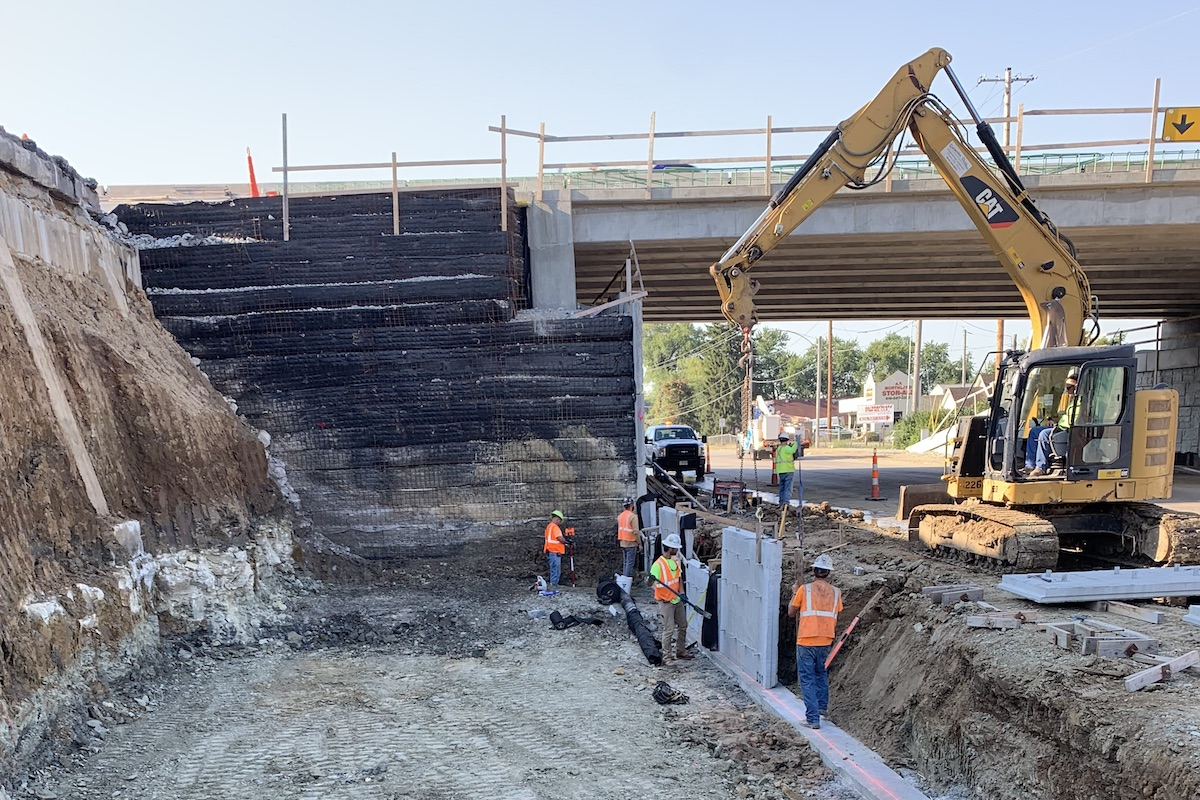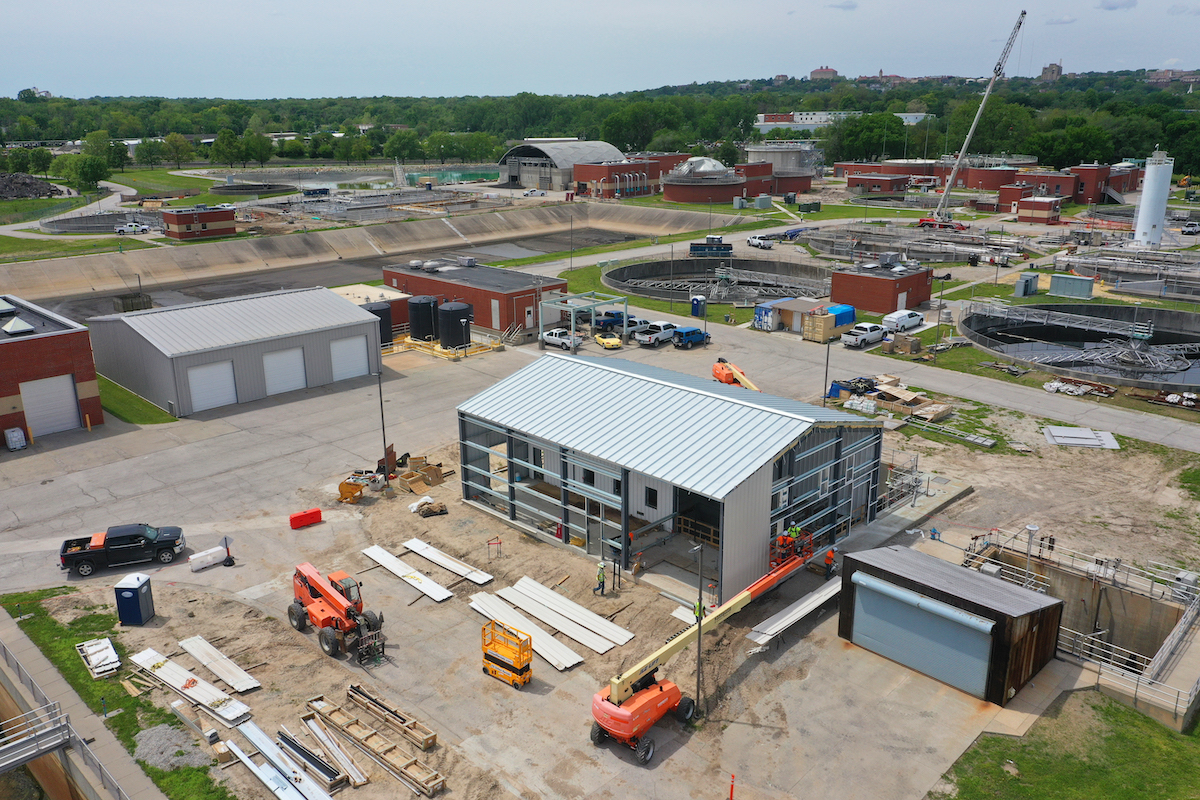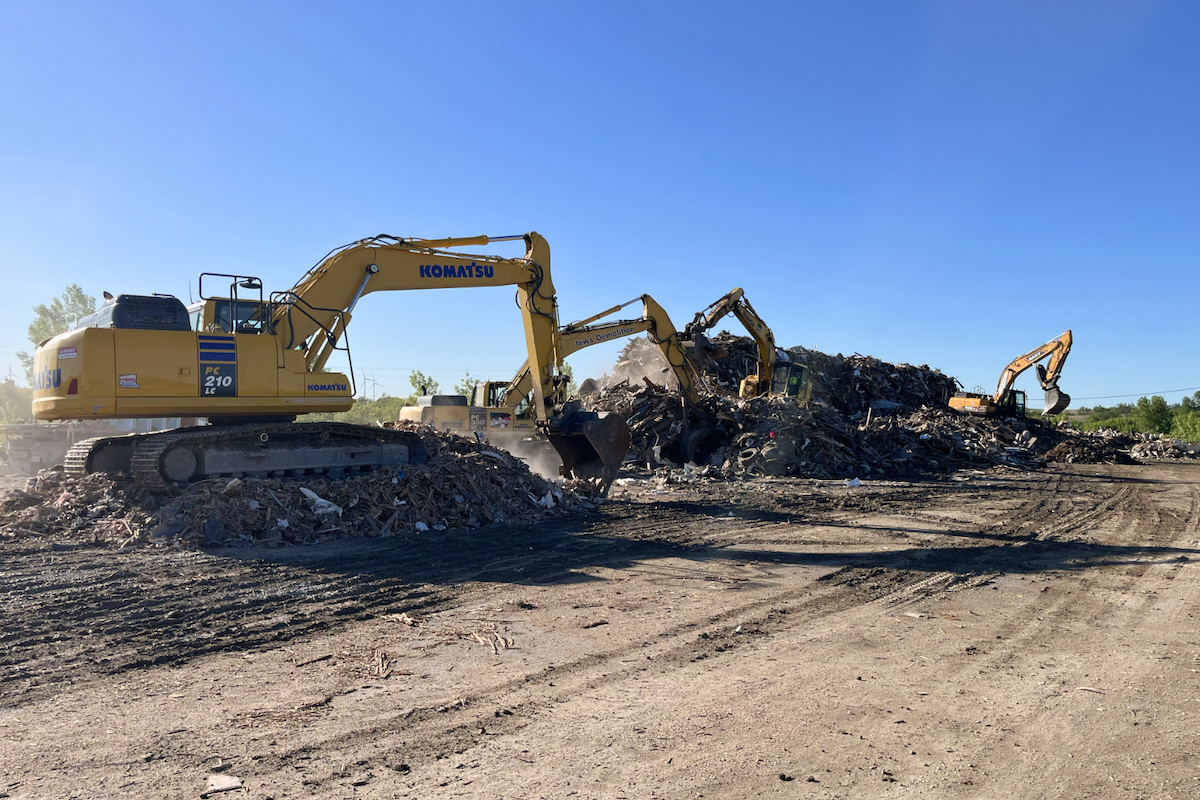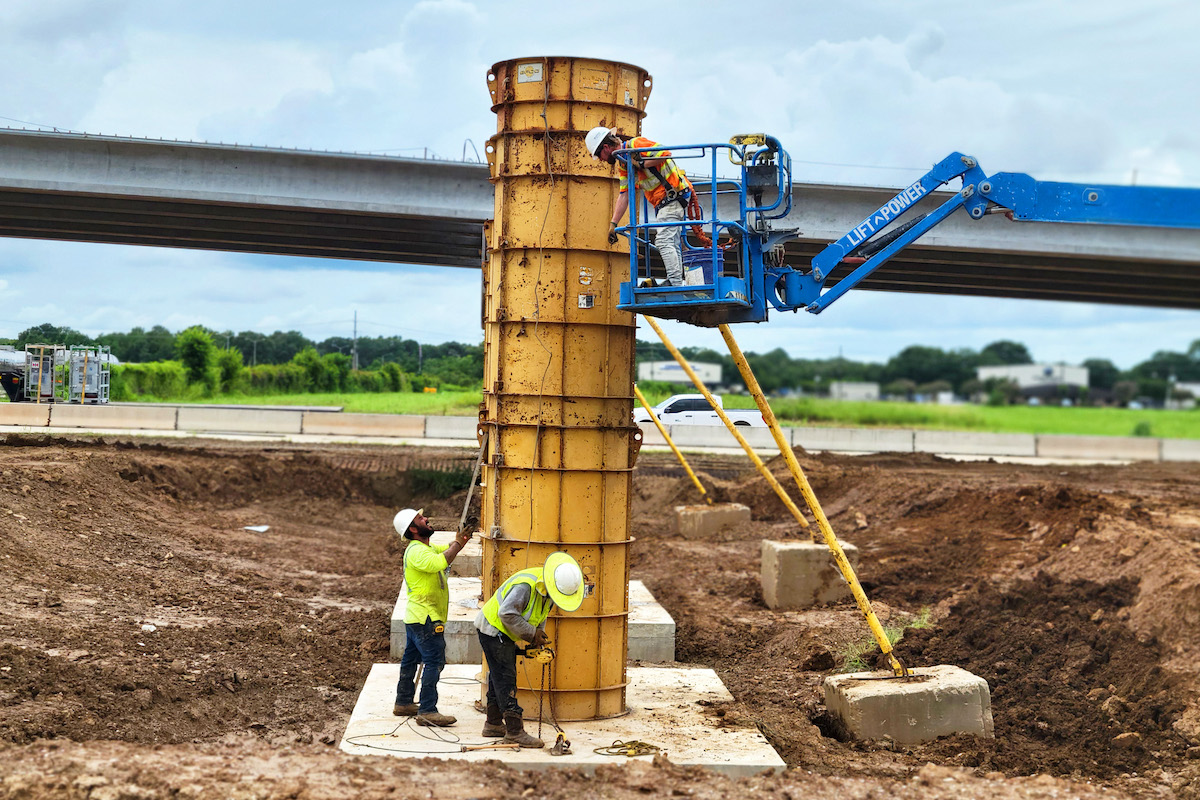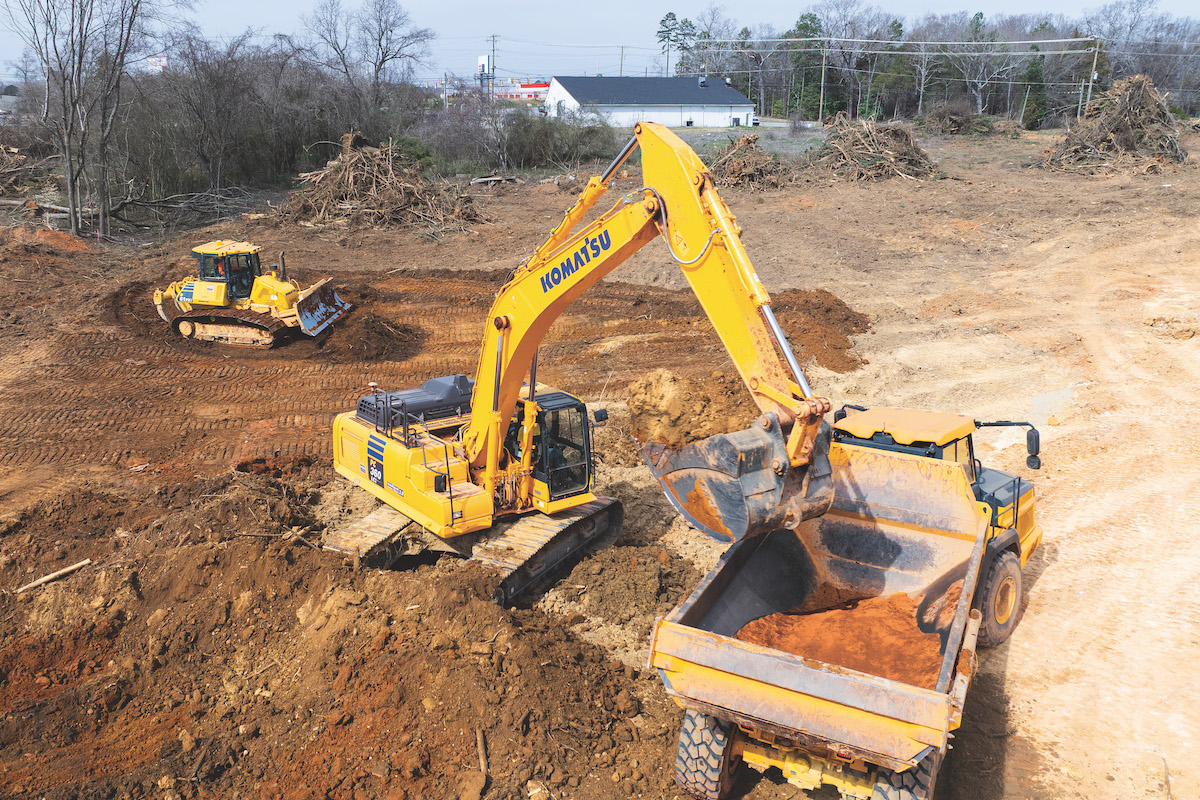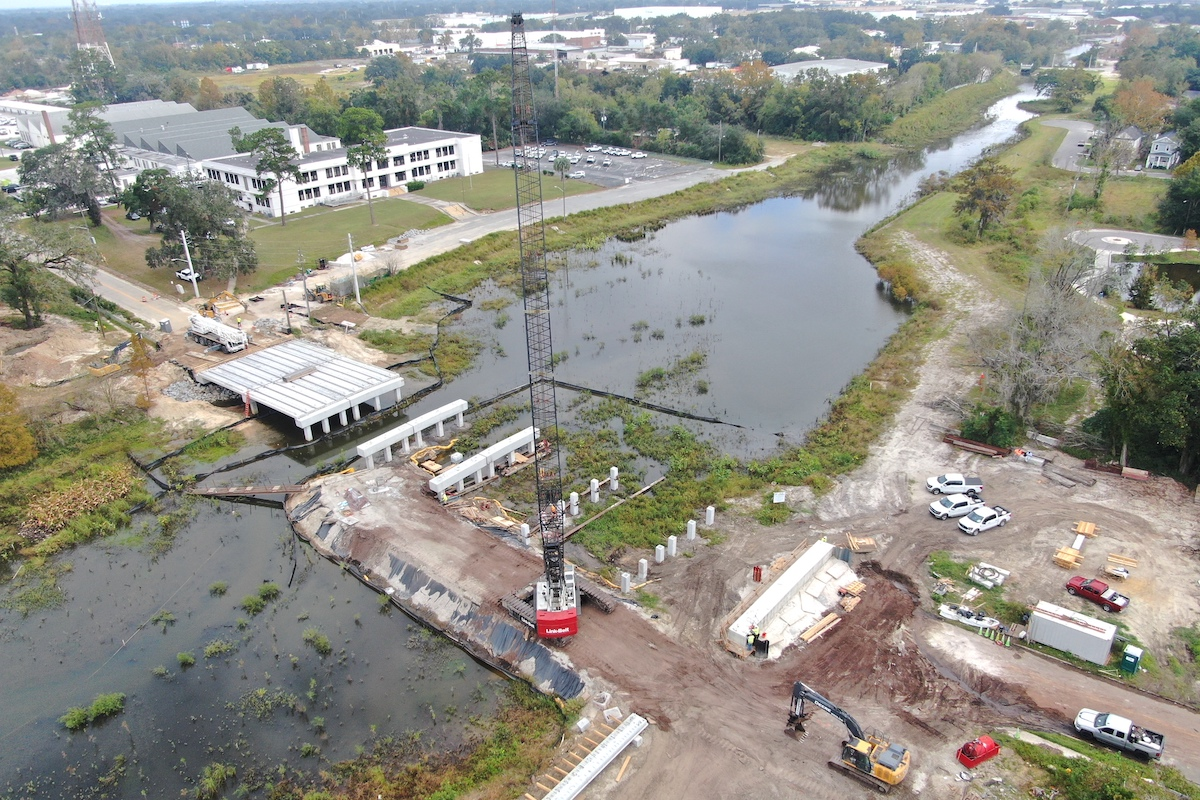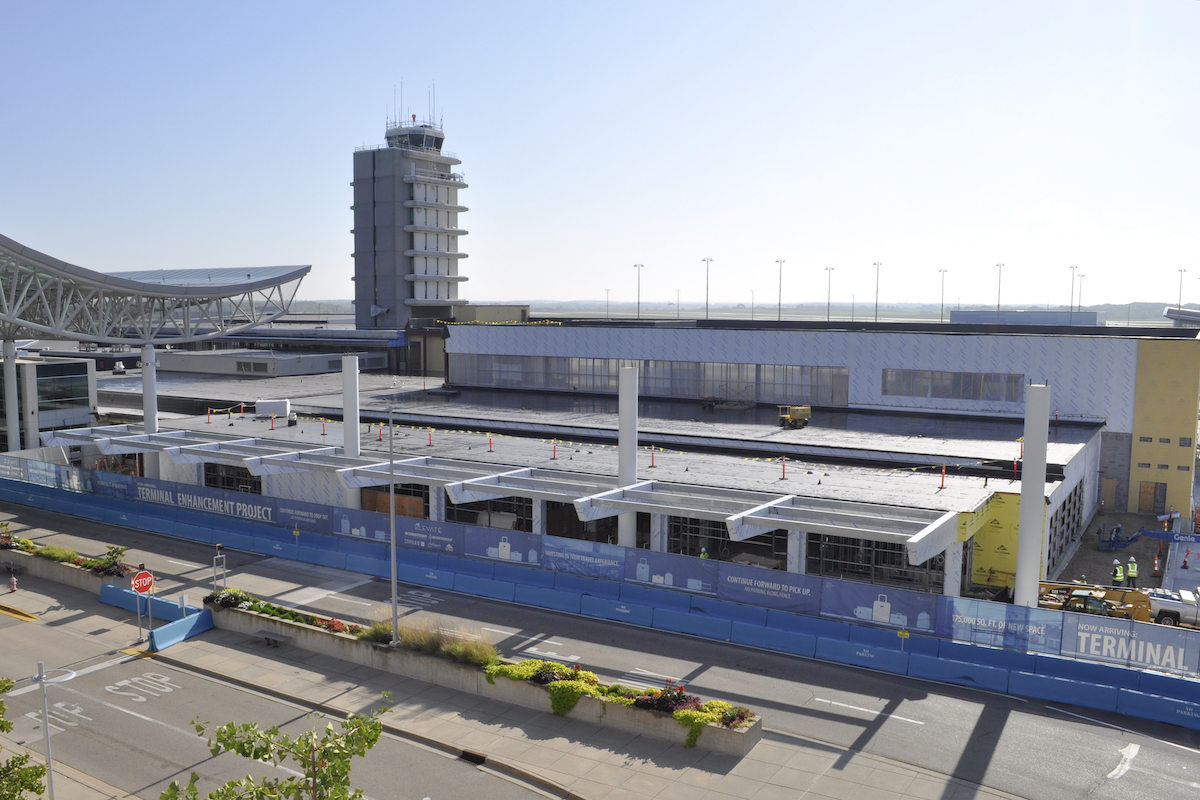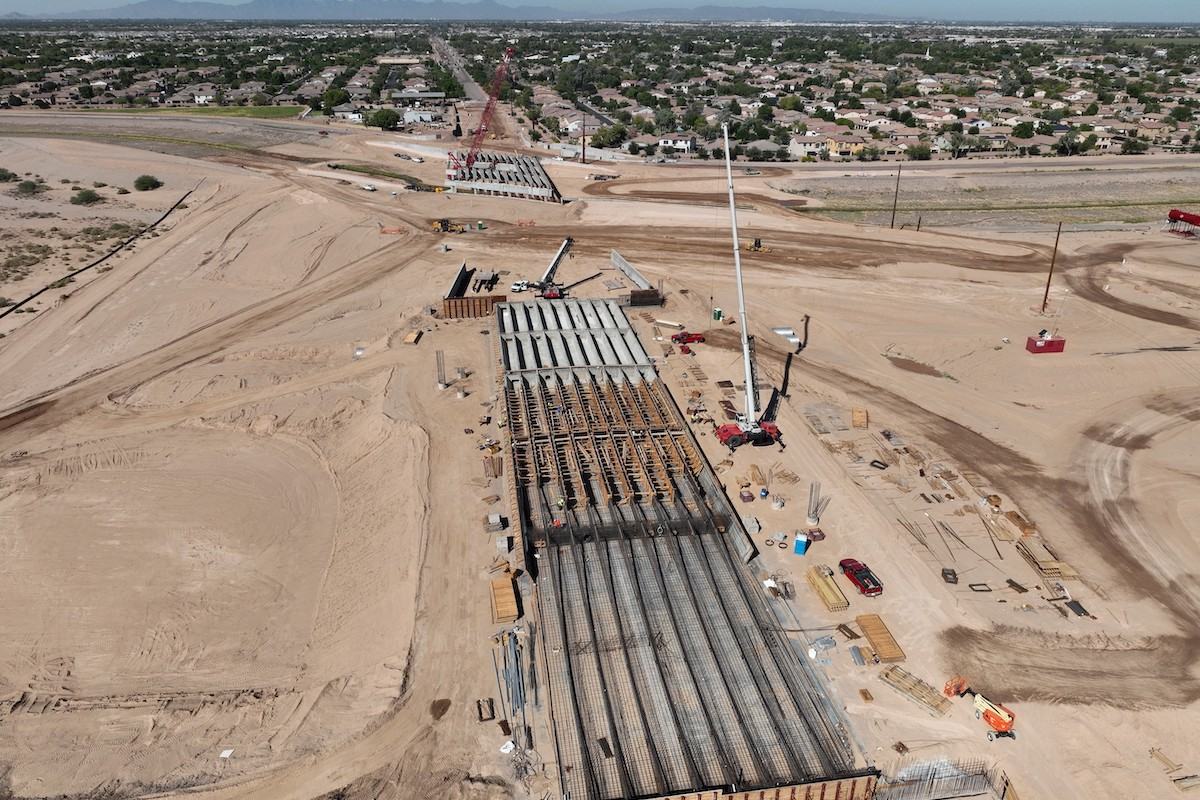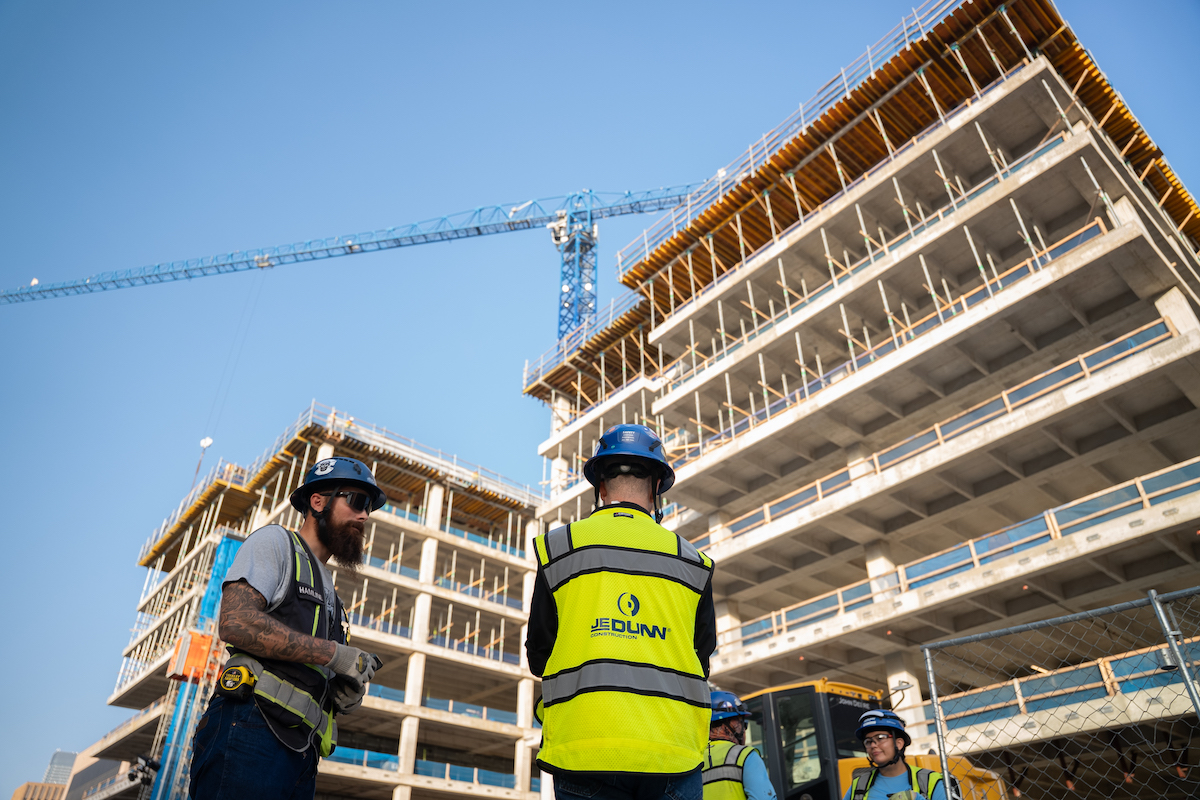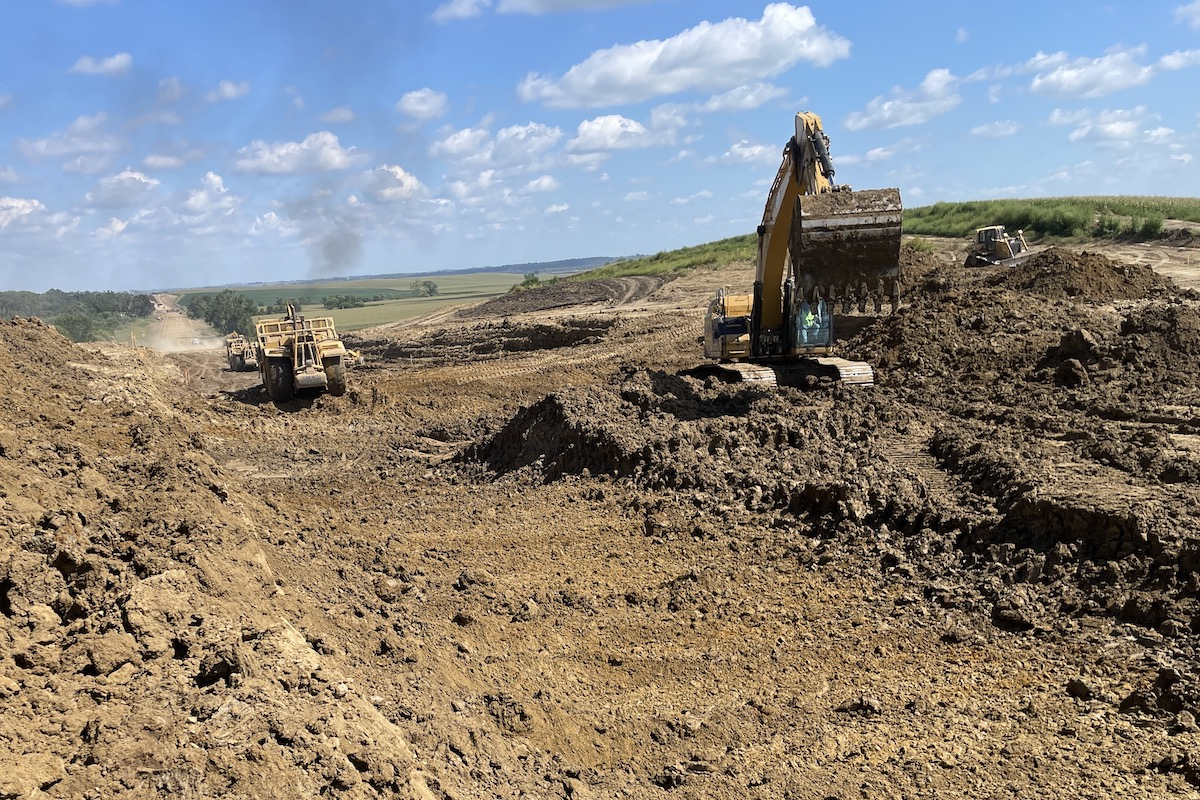The construction industry added 13,000 jobs on net in March, according to an Associated Builders and Contractors (ABC) analysis of data from the U.S. Bureau of Labor Statistics. On a year-over-year basis, industry employment rose by 143,000 jobs, an increase of 1.8 percent.
Nonresidential construction employment increased by 22,300 positions on net in March, with growth in two of three subsegments. Nonresidential specialty trade added the most jobs, with a monthly increase of 19,300 positions, while heavy and civil engineering added 3,400 jobs. The nonresidential building subsegment lost 400 positions.
“At first glance, this is a perfectly fine jobs report for the construction industry,” said ABC Chief Economist Anirban Basu. “The details, however, give cause for concern. With downward revisions to the January and February numbers, the industry added just 8,000 jobs per month during the first quarter of 2025. Construction employment is up just 1.8 percent since March 2024, the slowest year-over-year growth in four years.”
However, “March’s labor market data is a lesser concern in light of the sweeping tariffs announced on April 2,” Basu said. “What amounts to the largest tax hike since 1968 will reduce construction activity due to rising input costs, shaken business confidence, and potentially higher-for-longer interest rates. While contractors were sanguine about the outlook as of last month, according to ABC’s Construction Confidence Index, industry expectations are likely to worsen in the coming months.”
In their analysis of government data, the Associated General Contractors of America (AGC) also expressed caution.

| Your local Topcon Positioning Systems Inc dealer |
|---|
| Star Equipment LTD |
“Contractors added employees at a faster clip than other sectors in March, as pay for construction craft workers outpaced wages for production workers in the overall private sector,” said Ken Simonson, AGC’s Chief Economist. “However, as steep new tariffs and foreign countries’ retaliatory measures take effect, building costs will rise and projects will be put on hold, posing a threat to employment.”
According to AGC, average hourly earnings for production and nonsupervisory employees in construction — covering most onsite craft workers as well as many office workers — climbed by 4.1 percent over the year to $36.79 per hour. That gain exceeded the 3.9 percent rise in pay for such workers in the overall private sector.
The unemployment rate among workers with recent construction experience was 5.4 percent in March, unchanged from a year earlier. That suggests contractors are holding on to current employees, even though other recent data shows a slowdown in hiring, job openings, and project spending, Simonson said.
“The construction sector grew at a steady clip in March, buoyed in large part by robust public-sector investments in construction activity,” said Jeffrey D. Shoaf, AGC’s Chief Executive Officer. “The real question is how the newly announced tariffs will impact the industry in the short and long term.”









